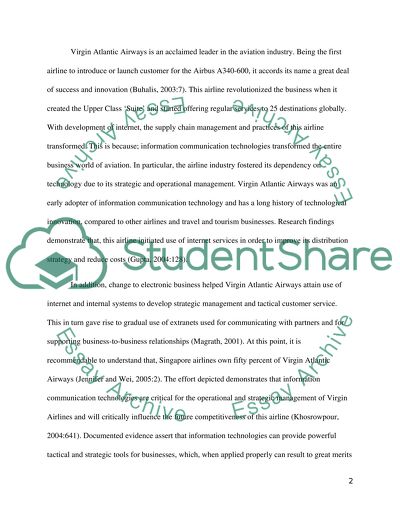Cite this document
(“E-Business and Value Chains Essay Example | Topics and Well Written Essays - 2000 words - 1”, n.d.)
E-Business and Value Chains Essay Example | Topics and Well Written Essays - 2000 words - 1. Retrieved from https://studentshare.org/e-commerce/1449040-e-business-and-value-chains
E-Business and Value Chains Essay Example | Topics and Well Written Essays - 2000 words - 1. Retrieved from https://studentshare.org/e-commerce/1449040-e-business-and-value-chains
(E-Business and Value Chains Essay Example | Topics and Well Written Essays - 2000 Words - 1)
E-Business and Value Chains Essay Example | Topics and Well Written Essays - 2000 Words - 1. https://studentshare.org/e-commerce/1449040-e-business-and-value-chains.
E-Business and Value Chains Essay Example | Topics and Well Written Essays - 2000 Words - 1. https://studentshare.org/e-commerce/1449040-e-business-and-value-chains.
“E-Business and Value Chains Essay Example | Topics and Well Written Essays - 2000 Words - 1”, n.d. https://studentshare.org/e-commerce/1449040-e-business-and-value-chains.


